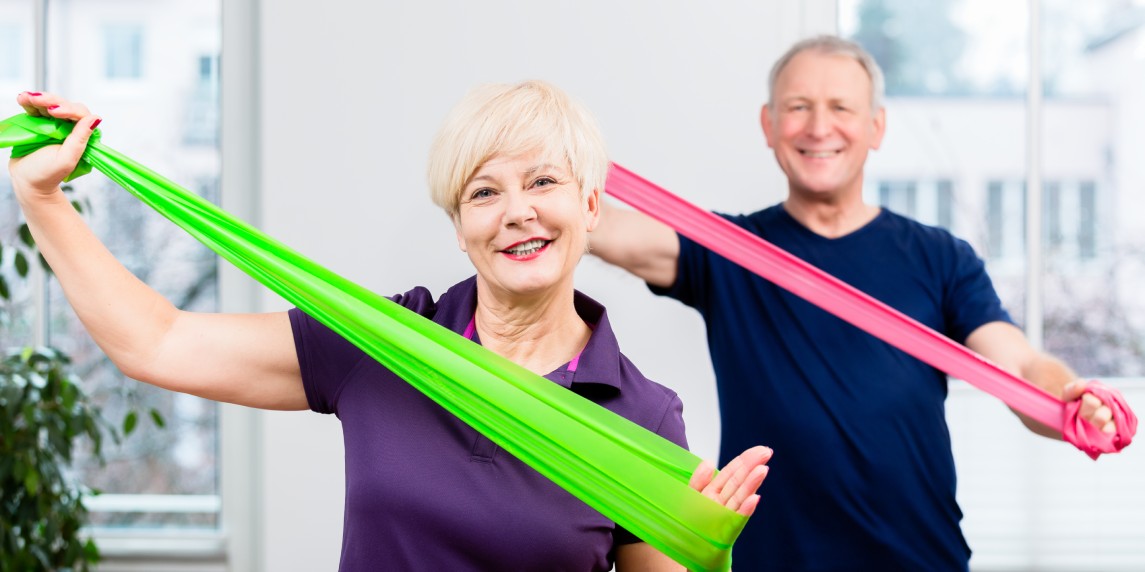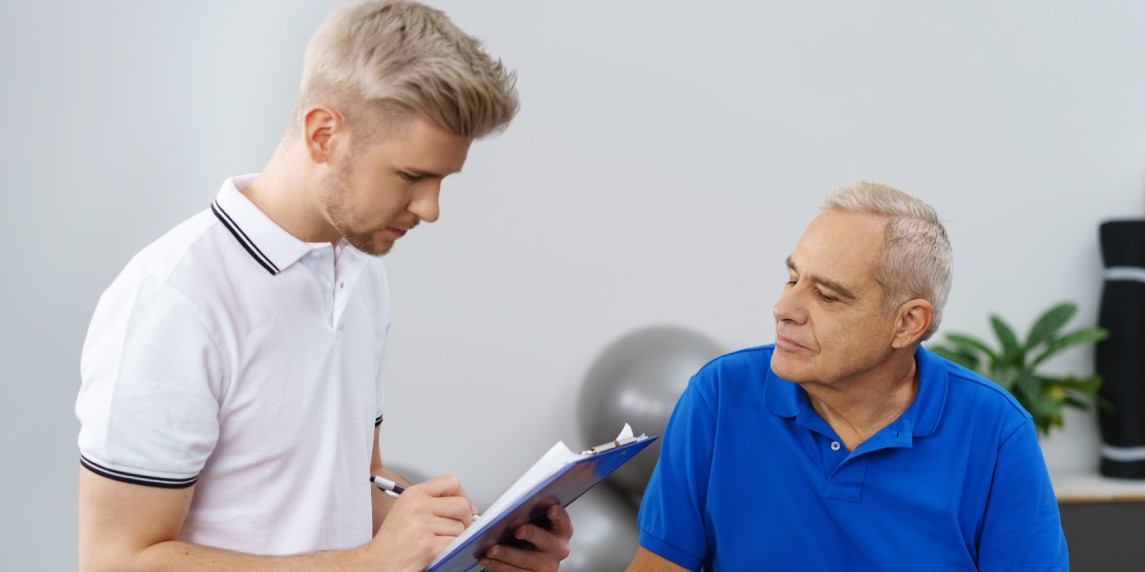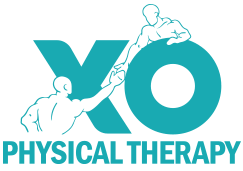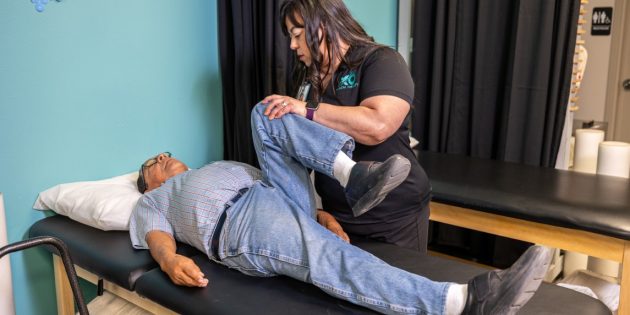Restoring Mobility and Transforming Daily Life

Mobility is changing and controlling body position without discomfort or pain. It requires sufficient muscle strength and energy and adequate skeletal stability, joint function, and neuromuscular synchronization. Mobility helps avoid the degradation of many body systems and prevents complications associated with immobility.
Research has proven that engaging in active mobility, such as walking and cycling, significantly enhances physical activity levels, leading to better physical health. This article will offer practical steps to restore and enhance mobility.
Challenges to Mobility
Maintaining mobility and preventing disability is vital to living independently. People lose mobility due to injuries, changes in balance, and physical strength. For older people, these can increase the number and severity of falls and decrease mobility even more. Mobility significantly influences overall health and life quality, adding a profound sense of purpose. There are many reasons for mobility impairment. These include amputations, stroke, muscular sclerosis, arthritis, cerebral palsy, muscular dystrophy, spinal cord injuries, injuries to muscles and ligaments, surgical procedures, and broken bones. Mobility impairments or loss of functional mobility can be permanent or temporary. Still, with the help of a professional physical therapist, people can improve their mobility and live an independent, fruitful life.

Journey with PT to Improve Mobility
A physical therapy program will start with assessing a person’s condition and creating a personalized treatment plan. The therapist will identify areas of weakness or dysfunction and, in collaboration with the patient, set realistic goals and treatment. Therapeutic exercises and modalities will enhance strength and flexibility and teach proper body mechanics and safe mobility techniques. These could include aquatic therapy, hands-on techniques, strengthening exercises, manual therapy, and stretching exercises to enhance support, stability, and functional movement. These could include using state-of-the-art facilities, advanced technology, techniques, and equipment. Additional modalities, such as heat therapy or electrical stimulation, may be incorporated to alleviate pain and facilitate recovery.
Nutrition and Lifestyle Factors
Physical interventions are pivotal in restoring mobility. However, the role of lifestyle and nutrition should not be overlooked. A balanced diet supports overall health, energy, and tissue repair and regeneration. The road to improved mobility goes faster in physical therapy with a nutritional diet. The Physical Therapy program will focus on the lifestyle after intervention to assess progress and how it has improved their general mobility and lifestyle. A balanced, nutritional diet will give a patient more energy and participate more efficiently in a physical activity program. The physical activity suggested during and after physical therapy improves physical performance and mobility – and, ultimately, overall well-being.
Tracking Progress
The patient needs to keep track of progress and note any discomfort or problems so that they can report them back to the therapist. The effectiveness of interventions and adjusting treatments accordingly will be crucial to the physical therapist’s guidance and support. During the treatment program, the therapist will track the patient’s gradual progress to move to more challenging exercises to strengthen and improve the patient’s muscles and movement. Objective measurements assessing the range of movement offer insight into the patient’s progress and help refine the treatment approaches.

Long-Term Mobility
The journey towards restoring long-term mobility is not only physical, but mental barriers can often impede progress. Fear of injury, frustration with slow progress, discomfort, and pain, or doubts about capabilities may arise. A supportive environment and strategies to overcome should be in place. A reassuring therapist with proof of progress and other healthcare professionals and the family can encourage the patient to stay on track to restore mobility. Mental barriers can be overcome through education, encouragement, and motivational techniques.
Education about their condition and home exercise programs will empower the patient to continue and make informed decisions about their health. They can self-manage their progress and continue on this journey to exercise, eat healthy, and improve their overall quality of life. These life-altering exercises can include daily habits such as:
- Make exercise part of your daily routine.
- Pay attention to your form and avoid injury with proper techniques.
- Increase exercise intensity as mobility improves.
- Focus on healthy posture and movement.
- Consult your physical therapist regularly for feedback and adjustment of exercise plan to recover fully.
RGV Physical Therapy
Restoring mobility is a journey that requires commitment, perseverance, and the knowledge and guidance of the skilled professional at XO Physical Therapy. With centers in McAllen, Mission, and Weslaco, they are waiting with an experienced, qualified team to help you on the journey back to being you. Contact them to start on the empowering path of fully functional, restored mobility.




